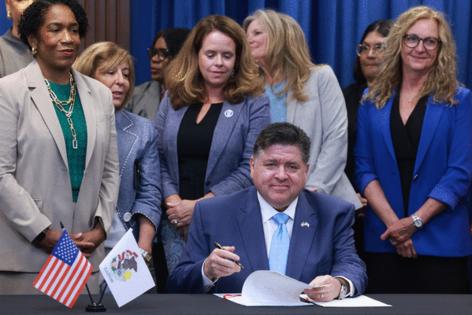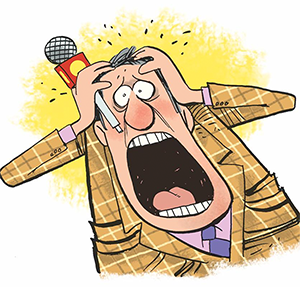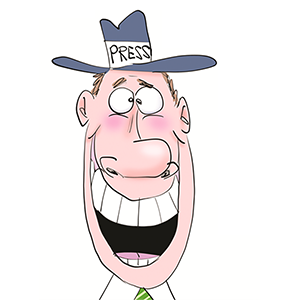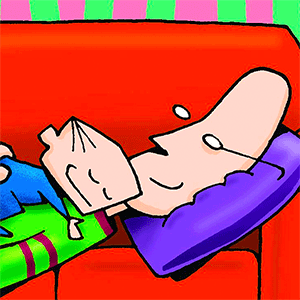'Tired of forcing children to duck and cover,' Gov. JB Pritzker signs two more gun control measures
Published in News & Features
With gun violence still a persistent problem despite recent drops in Chicago, Gov. JB Pritzker signed a pair of gun control efforts into law Monday — one that requires Illinoisans to more quickly report lost firearms and another mandating law enforcement agencies statewide participate in a federal gun tracing platform.
The two modest measures are the latest additions to the suite of gun control laws enacted under Pritzker’s watch, including a sweeping ban on high-powered firearms and ammunition magazines that remains under legal challenge.
“I’m tired, frankly, of treating something completely preventable as inevitable,” Pritzker, flanked by about a dozen members of the General Assembly and other elected officials, said at a downtown news conference. “I’m tired of forcing our children to duck and cover because too many politicians are ducking and covering for the gun industry’s money.”
One of the new laws is aimed at the safe storage of guns. It reduces the amount of time gun owners have to report lost or stolen firearms from 72 hours to 48 hours after they discover a gun is missing. It also eliminates some exceptions to requirements that guns be kept in a locked box in households where children and teenagers could get a hold of them.
A person who fails to report their lost or stolen gun within the time frame two or more times may, under the law, have their firearm owner’s identification card revoked.
Safe storage laws help reduce unintentional shootings by children who may find firearms inside their homes or in a relative’s car, gun safety advocates said. The Illinois Department of Public Health is set to roll out a public relations campaign about the safe storage laws, including billboards and commercials as part of a 2022 appropriation, said state Rep. Maura Hirschauer of Batavia, one of the safe storage bill’s sponsors.
The other measure signed Monday requires all law enforcement agencies in Illinois to participate in a federal platform to track guns associated with crimes or thought to be lost or discarded. The city of Chicago already participates in the eTrace platform.
“We’re not only capturing the bad actor that pulls the trigger, but we’re capturing those who traffic guns into the hands of people who will do harm to our children, and others with them,” Illinois Attorney General Kwame Raoul, who pushed for the measure, said at Monday’s bill signing.
Chicago has a national reputation for out-of-control gun violence, a problem that spiked during the COVID-19 pandemic and has been used as fodder by President Donald Trump and his Republican allies for decrying Democratic leadership in the city and in Illinois.
But as part of a positive trend, the city has seen a double-digit percentage drop in gun violence so far in 2025 compared with a year earlier. Chicago recorded its lowest numbers of homicides — most of which are the result of gunfire each year— and total shootings through the middle of summer since at least 2021, according to official Chicago Police Department statistics. Through July 20, the city recorded 230 homicides, a 45% drop from the same period in 2021 when there were 420 homicides. There were 792 shootings during the same period in 2025, a drop of 56% from four years ago.
Monthly firearm injury rates statewide are also down compared to the upswings seen during the pandemic, and this year have dipped below comparable months in 2018 and 2019, according to data published by the state public health department.
While Chicago is far from having the highest homicide rate in the country, it routinely records the most killings in a given year. For instance, through Sunday, New York City has recorded 167 slayings and Philadelphia has reported 129.
Chicago police confiscate thousands of guns each year and use resources, such as eTrace, through the U.S. Bureau of Alcohol, Tobacco, Firearms and Explosives to determine how the guns ended up on the illegal market.
By tracing the origin of the guns, investigators can find out when and from what federally licensed firearm dealer the gun was purchased before trying to find out how the gun wound up in the hands of someone illegally. If no gun is recovered at a crime scene, local police also have the ability to use ballistics information technology through the ATF to determine if the shell casings from a gun match shell casings from the same gun at other crime scenes.
The eTrace law builds on other efforts by Illinois leaders to combat gun violence, including the use by law enforcement of a searchable database to more quickly access information on how illegal firearms are moving around the state. As of 2022, the Crime Gun Connect platform contained roughly 100,000 federal gun trace records from 200 Illinois police agencies.
The Illinois attorney general’s office worked with data scientists to build the platform, which would allow the records to be easily searched, sorted and filtered by law enforcement agencies that are seeking details and patterns about how firearms move into the illegal market and are, potentially, used in violent crimes.
To access the database, law enforcement agencies must be enrolled in the ATF’s existing eTrace system and must also agree to share information with other agencies.
Republicans and the Trump administration have continuously expressed a dim view of government control of gun ownership, and Pritzker was asked Monday if he had concerns about the federal government intervening against Illinois’ gun laws. The governor said his concern is “pretty consistently high,” using his hand to show a level at the height of his head.
“Every day I wake up concerned,” Pritzker said, “that the administration and the DOJ is going to undo the things that are keeping people safe across our country. They’ve been doing it.”
_____
©2025 Chicago Tribune. Visit chicagotribune.com. Distributed by Tribune Content Agency, LLC.







Comments